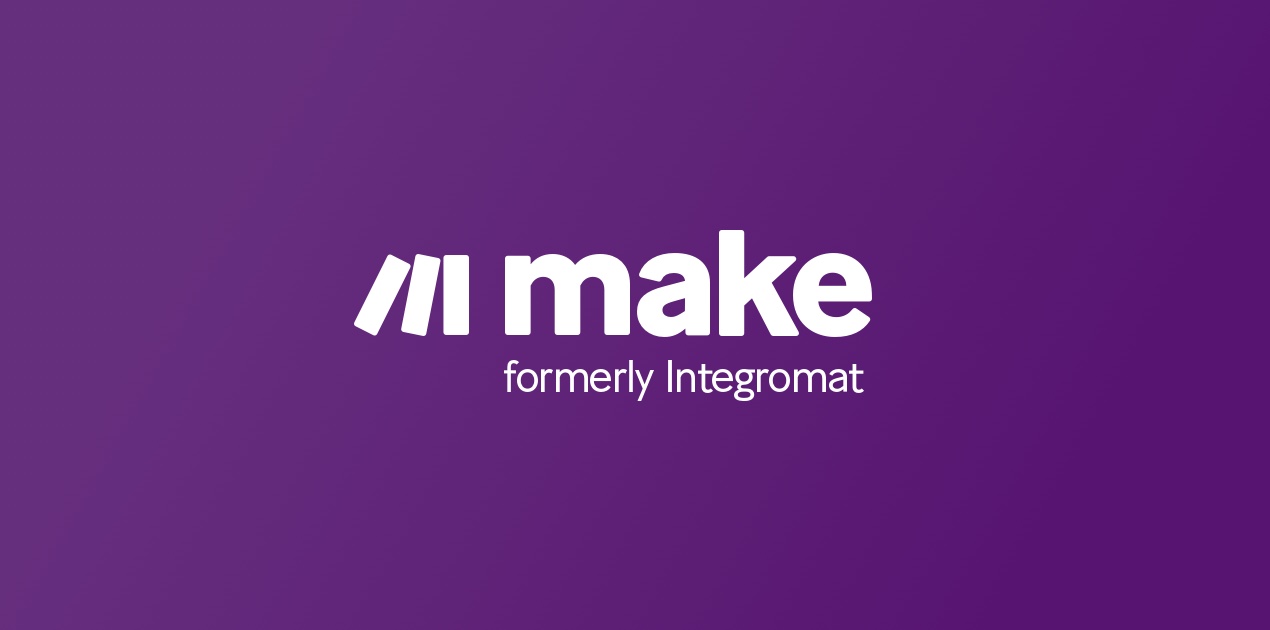Workflow Steps:
1. 🕐 **Set up a Cron Job Trigger** in n8n to start the workflow weekly.
2. 📊 Connect to the spreadsheet where teams add their daily scrum notes using the **Google Sheets Node**.
3. 📝 Fetch the week’s data with the **Read Operation** on the Google Sheets Node.
4. 🔄 Preprocess the data with a **Function Node** to make it suitable for AI analysis (separate entries by individual and team).
5. 🧠 Send API requests to a language model like GPT-3 via OpenAI with the **HTTP Request Node**. Ask the model to summarize each individual’s performance weekly.
“““
6. 🔍 Repeat the process for team summaries using the model, changing the prompt to match the data.
7. 📋 Use another **Function Node** to put together the individual summaries and produce a team summary with emphasis on main takeaways.
8. ✨ Format the summaries into a readable and standardized format using the **Set Node**, labeling each summary with the names of individuals and teams.
9. 📚 Use another **HTTP Request Node** to send the summaries to a text-improvement service, for example, Grammarly for language and readability checks.
10. 📂 Archive the final summaries in a designated Google Drive folder as a document or PDF with a **Google Drive Node**.
11. 📧 Share the summaries with team leaders and stakeholders via email using the **Gmail Node** or another email service provider node.
12. 📌 Create cards/tasks for follow-up actions if the summaries show any blocking issues or action points, using the **Trello Node** or a similar service.
13. ➡️ Add an **Error Trigger Node** to catch any errors during the workflow and alert the responsible person or support team.
14. 🔀 If the data volume is large and might lead to API rate limiting, use **SplitInBatches Node** at various stages of the workflow.
15. 🔄 Optionally, if real-time updates to the summaries are required during the week, add a webhook or a trigger to restart the flow.
16. 🚀 To upscale, reconcile with any project management APIs (like Jira or Asana) for automated status updates in the summaries using custom code in a **Function Node**.
17. 🌟 Finally, use a **Webhook Node** to send a confirmation status update signifying the summaries are ready and shared.
“`

